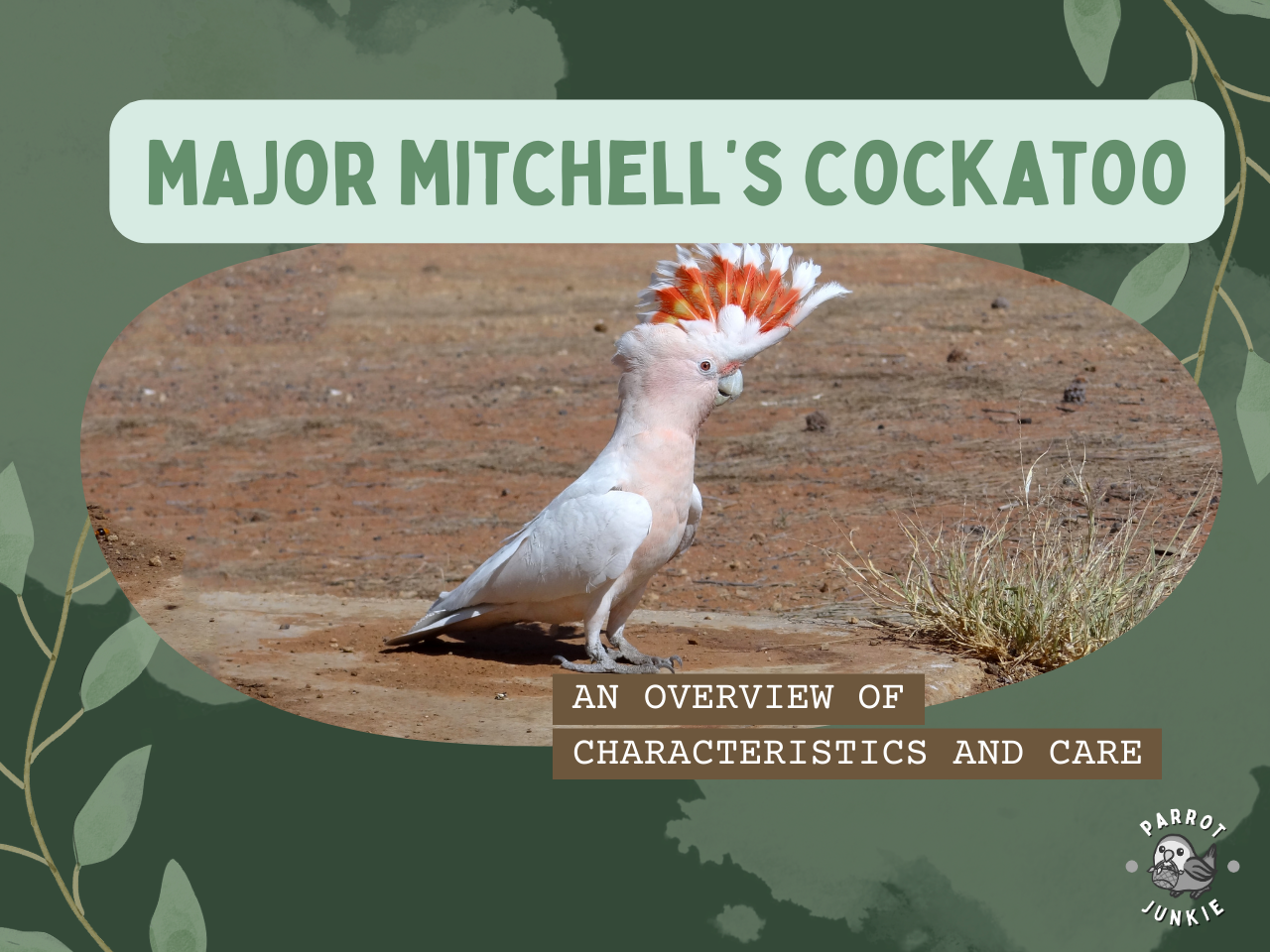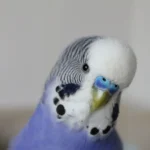
Major Mitchell’s Cockatoos: An Overview of Characteristics and Care
Welcome to the colorful, charismatic realm of Major Mitchell’s Cockatoos (Cacatua leadbeateri)! These avian wonders are named after Lieutenant Colonel Sir Thomas Livingstone Mitchell, a 19th-century explorer who fell in love with their elegance and vibrant plumage. Imagine being so captivated by a bird that it ends up named in your honor! Often called “MM2” (because who doesn’t love a snappy nickname?), these birds embody nature’s artistry.
Jump To Section
Where Major Mitchell’s Cockatoos Live
Major Mitchell’s cockatoos, sporting those striking pink and white feathers, are right at home in Australia’s arid and semi-arid regions. They love a mix of open woodlands and grasslands, hanging out near water sources like creeks and rivers. It’s all about location, location, location! Eucalyptus trees are their go-to spots, providing both food and nesting sites. They’re picky about their real estate, preferring tree hollows for breeding. Despite their adaptability, they’re not as widespread as other parrots, and their numbers can be sensitive to changes in their habitat.
Physical Characteristics
Talk about a showstopper! Major Mitchell’s cockatoos are medium-sized, about 35 to 40 centimeters (14 to 16 inches) long. Their standout feature? That crest! When they raise it, you’re treated to a burst of bright pink and yellow-orange feathers. Combine that with their soft, mostly white plumage tinged with pink, and you’ve got one of the most beautiful cockatoo species out there (no offence to the other species!). Their strong, curved beak is perfect for cracking nuts and seeds, adding a touch of rugged practicality to their delicate appearance.
Sexual Dimorphism
Wondering how to tell the boys from the girls? It’s all in the eyes! Males typically have dark brown irises, while females sport a more reddish-brown hue. It’s a subtle difference, but once you know what to look for, it’s quite noticeable.
Behavior and Personality
Major Mitchell’s Cockatoos can be considered the life of the party in the avian world (even among cockatoo species)! These birds are not only pretty; they’ve got personality to boot. In the wild, you can often spot them hanging out in pairs or in small groups, being their social selves. But come breeding season, they turn into territorial homebodies, sticking close to their mates.
Curiosity is their middle name. These cockatoos are always exploring, checking out their surroundings with that inquisitive look. Foraging is their game—they’re on the hunt for seeds, nuts, fruits, and sometimes insects. Not only is it about food, it also keeps their minds sharp and bodies active.
Major Mitchell’s cockatoos aren’t the loudest in the parrot family, but they do have a repertoire of sounds. From gentle coos to more complex calls, they’re always communicating, and this is especially so when they’re in the mood for some social interaction.
As pets, their personalities shine. These birds form strong bonds with their human friends, showing affection and loyalty. But don’t be fooled; they need a lot of attention. Without enough mental stimulation, they can get bored and turn to mischief. Toys, interactions, and brain-teasing activities are necessary to keep them happy and healthy.
Major Mitchell’s cockatoos are very expressive parrots! Their crest and body language tell you how they’re feeling, and it can mean excitement, content, or even frustration. Part of being a good MM2 owner is picking up on these cues. It is key to building a strong, positive relationship with your feathered friend.
Dietary Requirements
In the wild, these cockatoos forage for a mix of seeds, nuts, fruits, and sometimes insects. Eucalyptus, acacia, and casuarina seeds are among their favorites. When kept as pets, it is important to mimic this diet.
A high-quality pellet should form the basis, supplemented with fresh fruits and veggies like apples, pears, carrots, and leafy greens.
Remember, avocados, chocolate, and caffeine are toxic to birds, so keep those out of their reach. Fresh water is a must, changed daily to keep it clean and safe.
Housing and Environmental Needs
Major Mitchell’s cockatoos are large birds, hence they need a spacious cage, at least 4 feet by 3 feet by 4 feet (120cm by 90cm by 120cm), but bigger is always better. Their cages should be sturdy to withstand their strong beaks.
Inside, offer perches of varying diameters to maintain foot health, and natural wood perches are ideal.
Toys are a must to keep them mentally stimulated. Rotate toys regularly to keep things interesting.
Provide plenty of natural light but avoid direct sunlight to prevent overheating.
Maintain a comfortable ambient temperature and ensure the cage environment is safe from toxins, sharp objects, and small items they might ingest.
Socialization and Interaction
Social butterflies, these cockatoos thrive on interaction. In the wild, they’re often seen in pairs or small groups. In captivity, they need plenty of socialization to stay happy. Spend quality time with them, engage in interactive play, and consider training them to learn tricks and commands. Enrichment activities like foraging toys and puzzle feeders mimic their natural behaviors and keep them mentally stimulated.
Health and Lifespan
Major Mitchell’s cockatoos can live 40 to 60 years or even longer with proper care. Regular vet check-ups are essential to catch and treat any health issues early. Common problems include psittacosis, beak and feather disease, respiratory infections, and obesity. A balanced diet and adequate exercise are crucial to their health. Mental health is equally important; stress and boredom can lead to behavioral issues like feather plucking. Provide a safe, comfortable environment, and plan for their care throughout their long lives.
Breeding and Reproduction
Breeding these cockatoos, whether in the wild or captivity, is a complex process. They reach sexual maturity around 3 to 4 years. In the wild, breeding season occurs from August to December. During this time, pairs become more territorial and perform courtship displays. They nest in tree hollows, laying 2 to 4 eggs. In captivity, provide a suitable nesting box and a balanced diet. Minimize stress and disturbances during the breeding season. Breeding requires careful management to ensure genetic diversity and comply with conservation laws.
Conclusion
Major Mitchell’s cockatoos are wonderful birds, from their stunning physical characteristics to their engaging personalities. Understanding their needs and behaviors is crucial for their care, whether in the wild or as pets. These birds require a dedicated commitment, proper diet, social interaction, and a stimulating environment to thrive. Their long lifespan and dynamic nature make them both a joy and a responsibility as companions. Conservation efforts are essential to protect these beautiful birds and their natural habitats for future generations.
Parrot Junkie www.parrotjunkie.com
Copyright © 2021-2024. All rights reserved.



Be the first to leave a comment